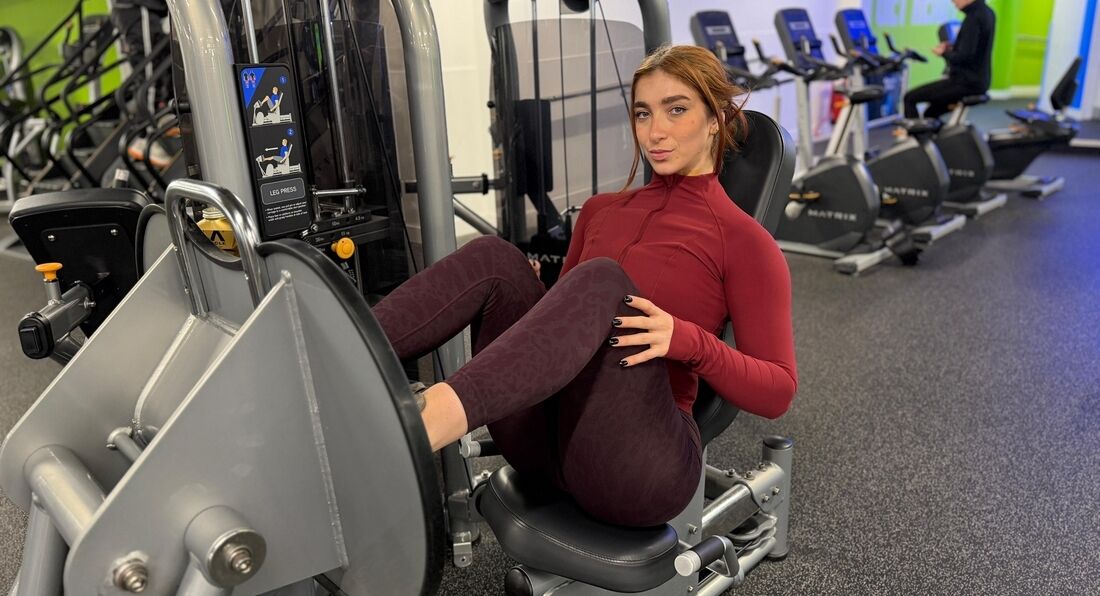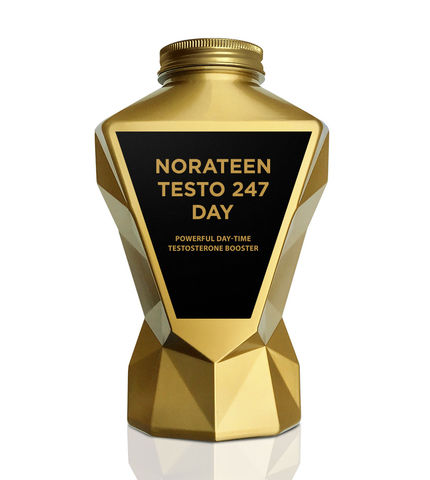The Knowledge > Exclusive Articles >
Monday, 12th May 2025
Personal Bests
How to Break Them Like a Champion
By LA Muscle on 12.05.2025 08:38 pm

In the world of fitness and strength training, the term "personal best" (PB) or "personal record" (PR) carries a lot of weight—literally and figuratively. It's not just a number; it’s a reflection of dedication, discipline, and progress. Whether you're aiming to lift heavier, run faster, or do more reps, achieving your PB is a powerful milestone on your fitness journey.
What Is a Personal Best?
A personal best is the highest level of performance you’ve ever achieved in a specific activity. This could be your heaviest deadlift, fastest 5K time, highest number of push-ups in one go, or even your longest plank hold. It’s personal—unique to you—and it’s a benchmark for improvement.
How to Achieve Personal Bests in the Gym
Achieving a PB requires a combination of smart training, consistency, and mental strength. Here’s how to set yourself up for success:
1. Start with Clear, Measurable Goals
Vague goals like “get stronger” or “get fitter” won’t cut it. Set SMART goals (Specific, Measurable, Achievable, Relevant, Time-bound), such as:
-
"Increase my bench press from 60kg to 75kg in 8 weeks"
-
"Run 5km in under 25 minutes by the end of next month"
-
"Do 10 full pull-ups in a row within 3 months"
2. Follow a Structured Workout Program
Random workouts yield random results. Champions and successful gym-goers follow structured programs that focus on progressive overload—gradually increasing the difficulty over time. Whether it’s weight, reps, sets, or intensity, your body needs a reason to adapt.
Choose programs aligned with your goals, e.g.:
-
Strength: 5x5, Starting Strength, Wendler 5/3/1
-
Muscle Gain: Push-Pull-Legs, Upper-Lower splits
-
Endurance: HIIT, Tempo runs, Cross-training
3. Track Everything in a Workout Diary
One of the most underrated tools in fitness is a training diary. Keeping track of your workouts helps you monitor progress, spot patterns, and stay motivated.
What to Log:-
Date and time
-
Exercise names
-
Sets, reps, and weights
-
Duration or distance (for cardio)
-
How you felt (energy level, fatigue, focus)
-
Nutrition, sleep, and notes on recovery
Use a notebook, Excel sheet, or an app like Strong, Fitbod, or even Notion. Review it weekly to identify areas to improve.
What Goals Should You Set?
Setting short-term and long-term goals keeps you focused and driven.
Short-Term Goals (2–6 weeks):
-
Increase squat reps from 5 to 8 at the same weight
-
Improve flexibility by touching your toes without bending knees
-
Add 5kg to your deadlift
Medium-Term Goals (2–3 months):
-
Drop 2–4% body fat while maintaining muscle
-
Master a skill: double unders, handstands, muscle-ups
-
Run a 10k under a set time
Long-Term Goals (6+ months):
-
Complete a powerlifting meet or bodybuilding comp
-
Run a half-marathon
-
Reach elite-level body composition or lift numbers
Elite athletes don’t just train hard—they train smart. Here’s what champions do to smash PBs:
1. Periodisation
They break their training into blocks (e.g., strength, hypertrophy, deload weeks), to avoid burnout and peak at the right times.
2. Meticulous Tracking and Feedback
They constantly monitor progress and make small tweaks. Video analysis, coaches, and data-driven adjustments help them avoid plateaus.
3. Prioritising Recovery
Sleep, massage, hydration, and active recovery are crucial. Champions know gains happen during rest, not just in the gym.
4. Mindset and Visualisation
Top performers visualise lifts, use positive self-talk, and set mental anchors to stay composed under pressure. Confidence and focus are as important as physical strength.
5. Nutrition and Supplementation
They fuel their bodies with precision—prioritising protein, carbs around workouts, and performance-enhancing supplements (like creatine, beta-alanine, etc., under professional guidance).
Chasing personal bests turns training into a meaningful pursuit. It’s not about beating others—it’s about beating yesterday’s version of yourself. Whether you're a gym rookie or an experienced lifter, tracking progress, setting bold goals, and learning from champions will get you there.
So start today. Log your workouts, plan your goals, and give every session your best effort. Your next personal best is waiting.




























